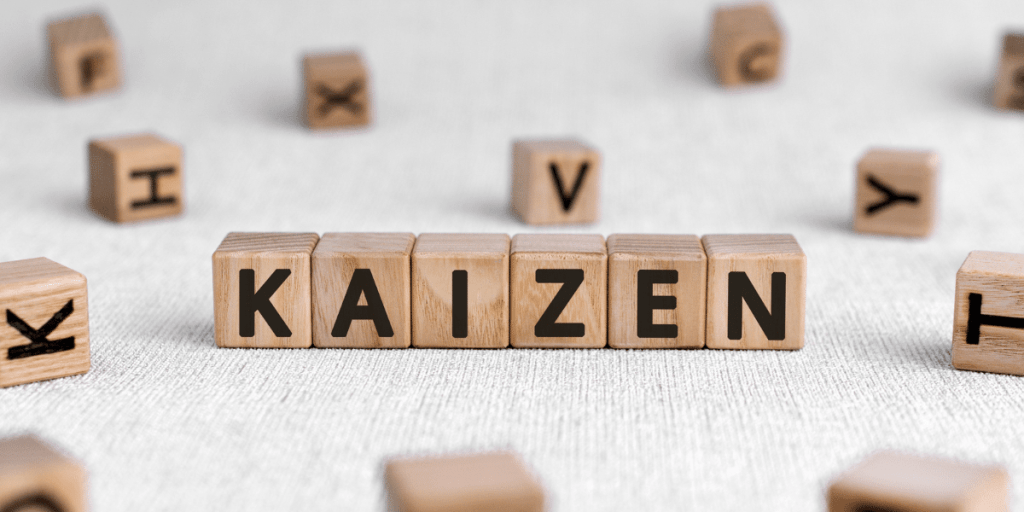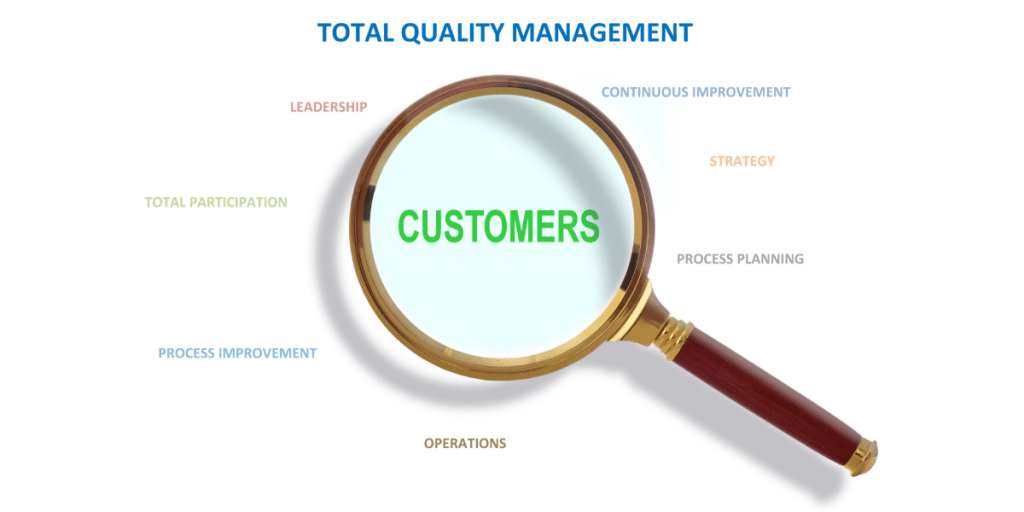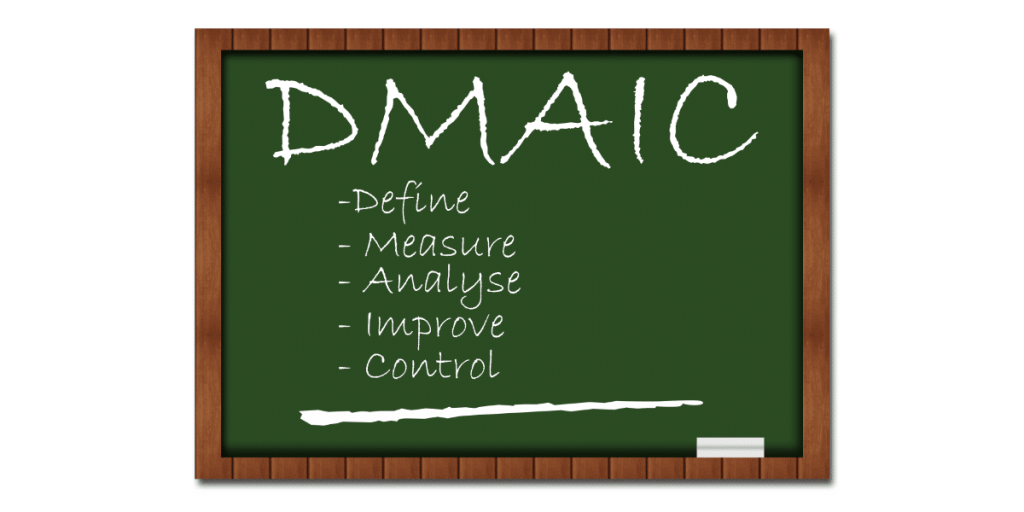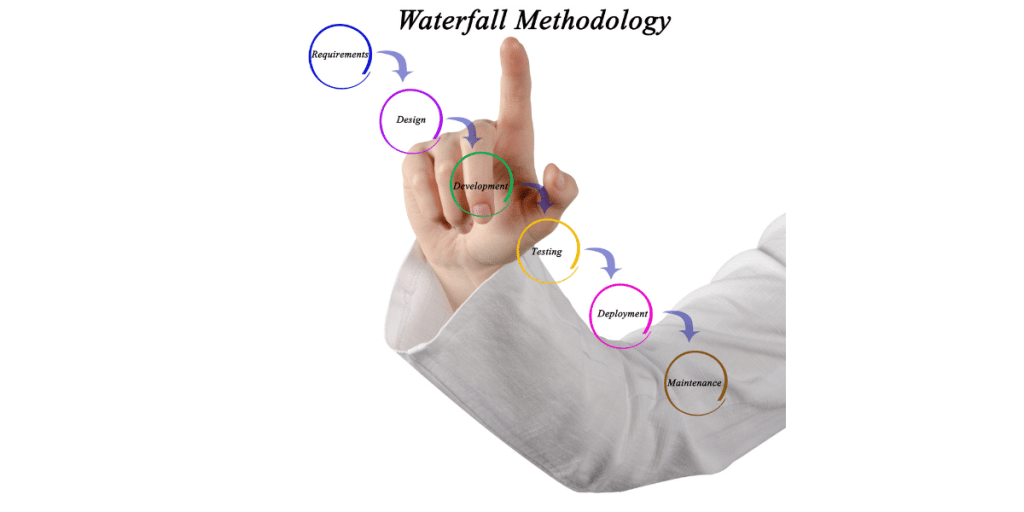Welcome to our beginner’s guide to Kaizen! In this article, we will focus on one of the key concepts of Kaizen, which is the recognition and reduction of Muda. Kaizen is a Japanese term that means “continuous improvement,” and it is a philosophy that can help individuals and organizations achieve greater efficiency, productivity, and profitability. Muda is another Japanese term that means “waste,” and it is one of the main obstacles to achieving Kaizen. By recognizing and reducing Muda, you can create a more streamlined and productive workplace. Let’s dive in!
What is Muda?
Muda refers to any activity that does not add value to the customer or the organization. It can be any task, process, or resource that is unnecessary, inefficient, or redundant. Muda can be categorized into seven types:
1. Overproduction
Overproduction is the production of more goods or services than the customer demands or the organization can sell. This leads to excess inventory, wasted resources, and increased costs.
2. Waiting
Waiting refers to any idle time that occurs during a process, such as waiting for materials, tools, or information. This leads to delays, frustration, and reduced productivity.
3. Transportation
Transportation refers to the movement of goods or materials between different locations or processes. This can be inefficient, time-consuming, and costly.
4. Processing
Processing refers to any step or activity that does not add value to the product or service. This can include unnecessary inspections, approvals, or paperwork.
5. Motion
Motion refers to any unnecessary movement or activity that occurs during a process, such as reaching, bending, or searching. This can lead to fatigue, injury, and wasted time.
6. Inventory
Inventory refers to any raw materials, work-in-progress, or finished goods that are not immediately needed by the customer or the organization. This can tie up resources, increase storage costs, and lead to waste.
7. Defects
Defects refer to any errors, mistakes, or quality issues that occur during a process. This can lead to customer complaints, rework, and lost revenue.
How to Recognize Muda?
Recognizing Muda is the first step towards reducing it. There are various tools and techniques that you can use to identify Muda in your workplace:
1. Value Stream Mapping
Value Stream Mapping is a visual tool that helps you identify the flow of materials, information, and value through a process. It can help you identify any bottlenecks, delays, or waste in the process.
2. Gemba Walk
Gemba Walk is a technique that involves visiting the workplace and observing the process in action. It can help you identify any non-value added activities, inefficiencies, or safety hazards.
3. 5S
5S is a methodology that focuses on organizing, cleaning, standardizing, and sustaining the workplace. It can help you eliminate clutter, reduce waste, and improve safety and efficiency.
How to Reduce Muda?
Reducing Muda is the second step towards achieving Kaizen. There are various strategies that you can use to eliminate Muda from your workplace:
1. Just-in-Time
Just-in-Time is a strategy that involves producing and delivering goods or services just in time to meet customer demand. This can help you reduce inventory, lead time, and waste.
2. Kanban
Kanban is a visual tool that helps you manage the flow of materials and information through a process. It can help you reduce overproduction, waiting, and defects.
3. Poka-Yoke
Poka-Yoke is a technique that involves designing processes and systems to prevent errors or mistakes from occurring. It can help you reduce defects, rework, and waste.
Conclusion
In conclusion, recognizing and reducing Muda is a critical aspect of achieving Kaizen. By identifying and eliminating waste in your workplace, you can create a more efficient, productive, and profitable organization. Remember to use tools and techniques such as Value Stream Mapping, Gemba Walk, 5S, Just-in-Time, Kanban, and Poka-Yoke to help you achieve your goals. Good luck on your Kaizen journey!








